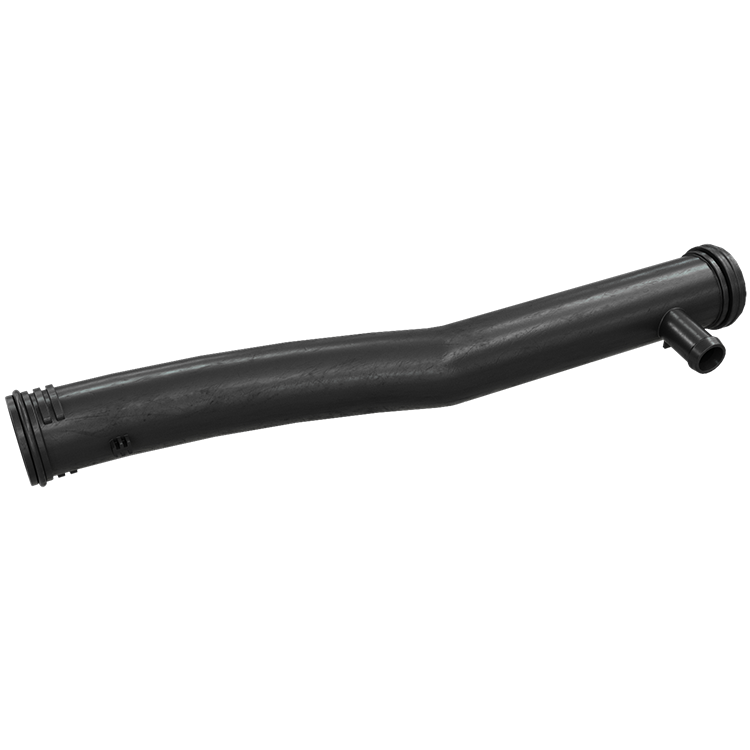
The cooling pipe is a crucial component in a vehicle's cooling system, designed to transport coolant from the engine to the radiator for cooling. It helps regulate the engine's temperature and prevent overheating, which can cause engine damage.
A faulty cooling pipe can cause a variety of issues, including leaks, reduced coolant flow, and engine overheating. It can also lead to increased wear and tear on other components of the cooling system. Replacing a faulty cooling pipe is crucial to maintain the vehicle's performance and reduce the risk of costly repairs.
Maintaining and replacing it as necessary can help drivers maintain their vehicle's performance, prevent engine damage, and avoid costly repairs down the road.
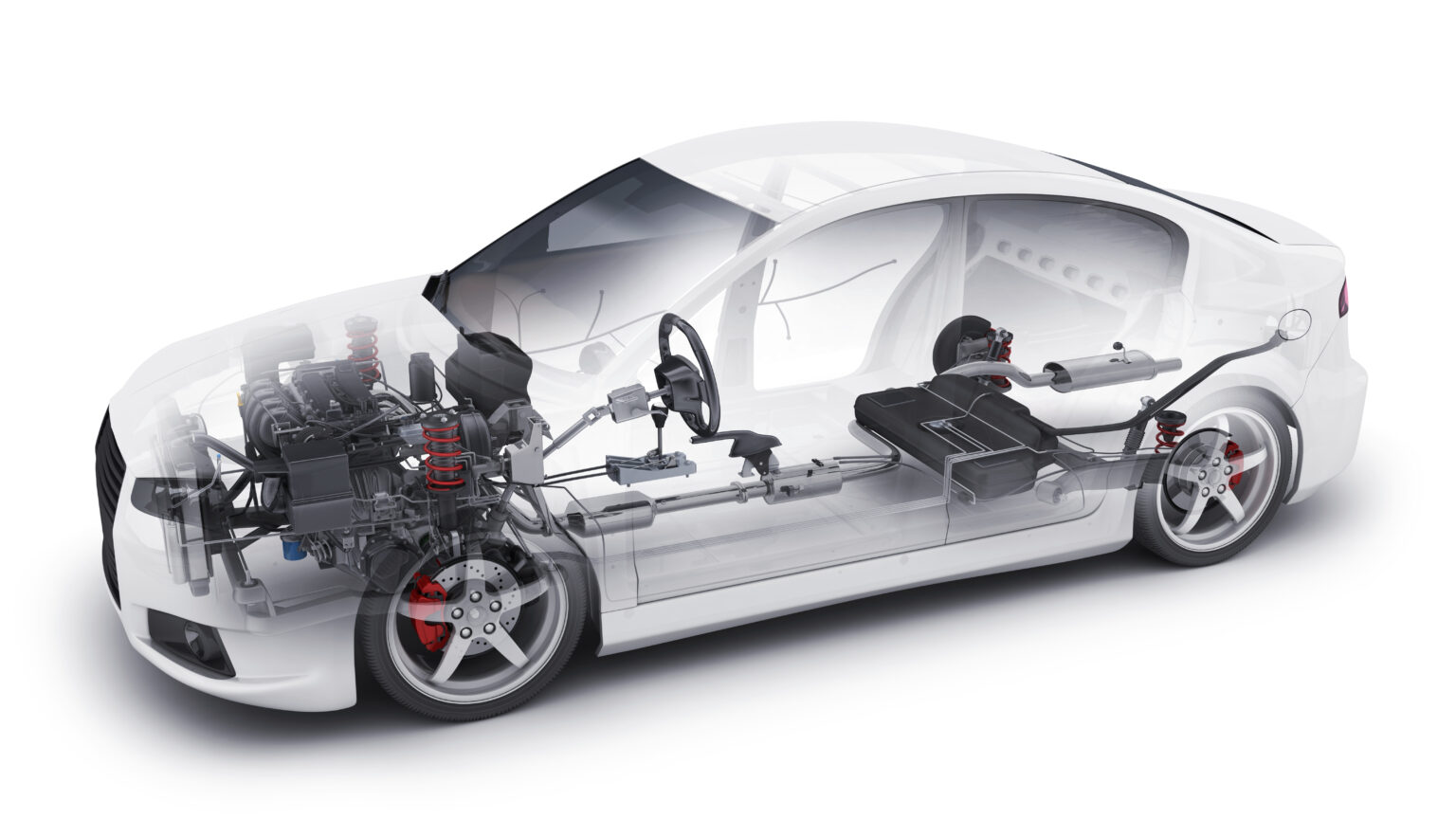
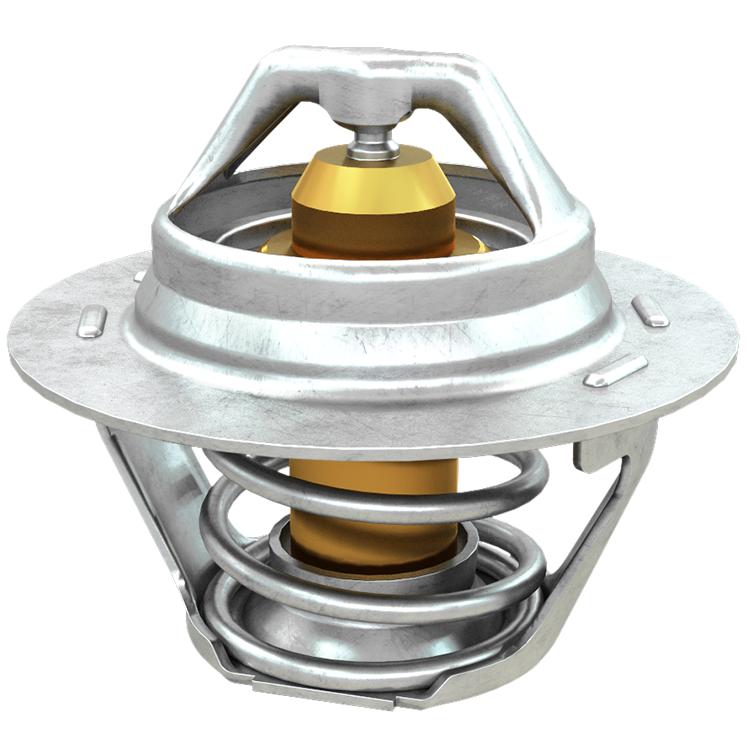
Standard Thermostat
1 of 17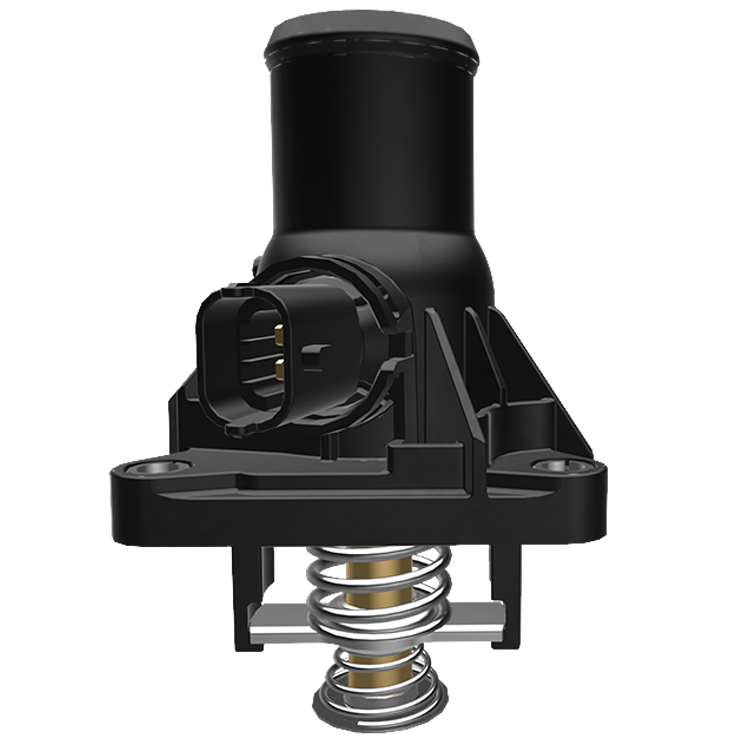
Map Thermostat
2 of 17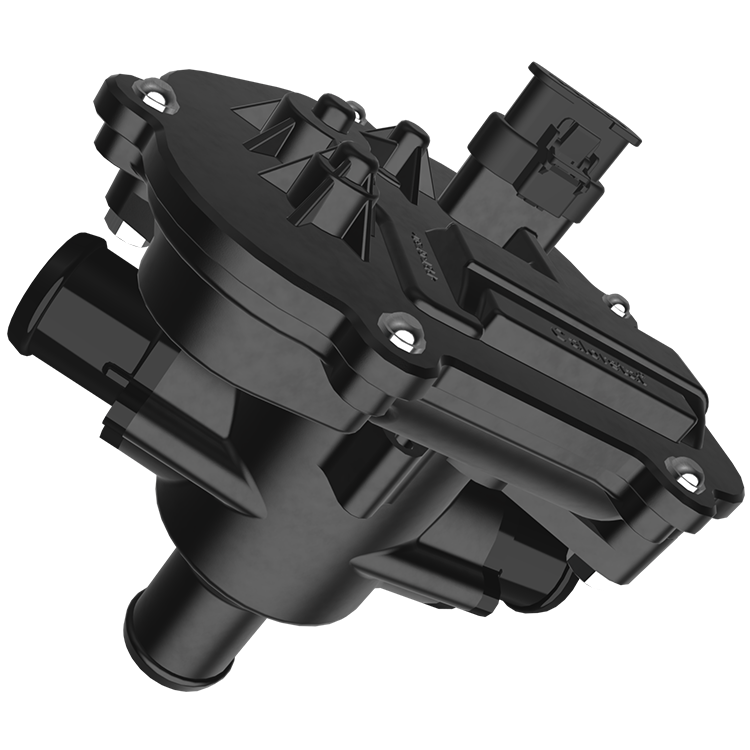
Motorized Thermostat
3 of 17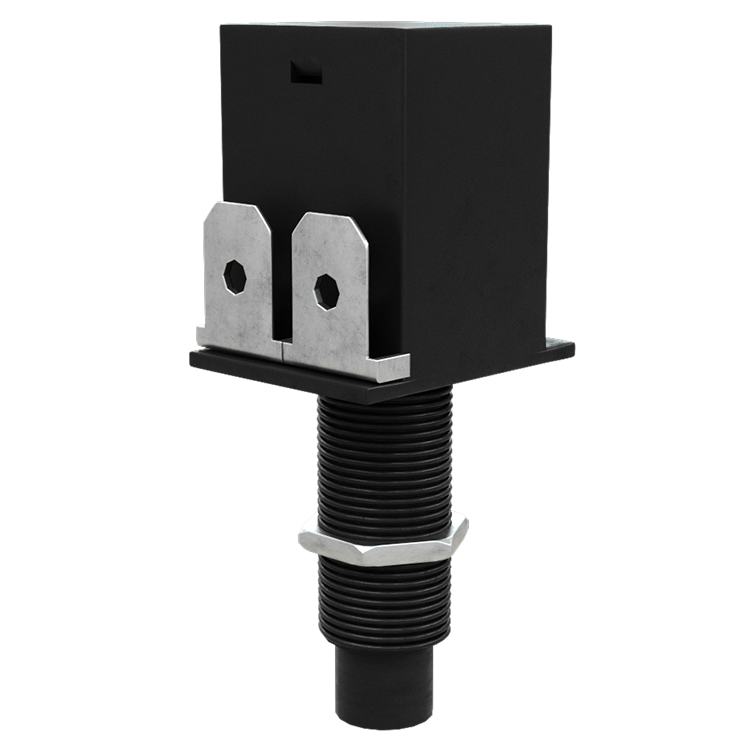
Brake Light Switch
4 of 17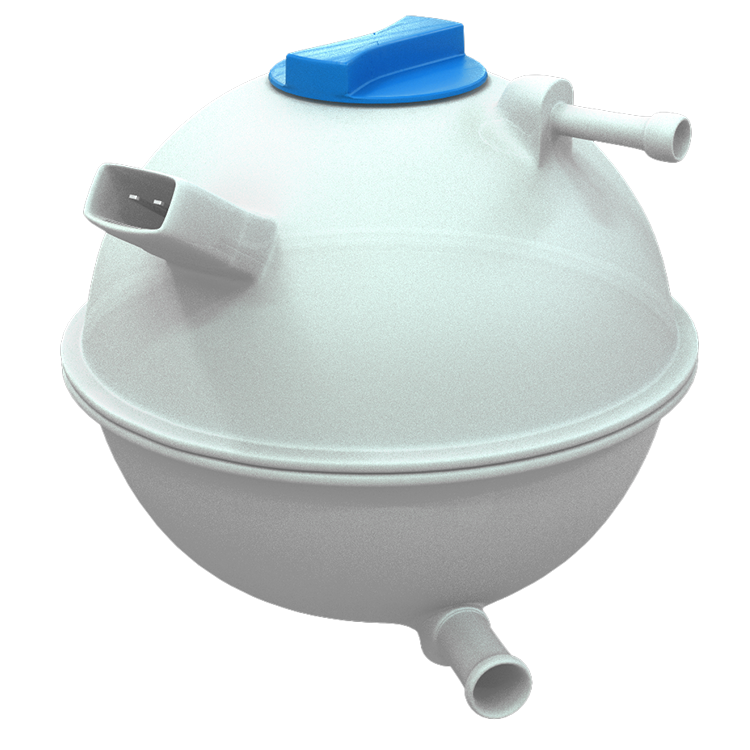
Expansion Tank
5 of 17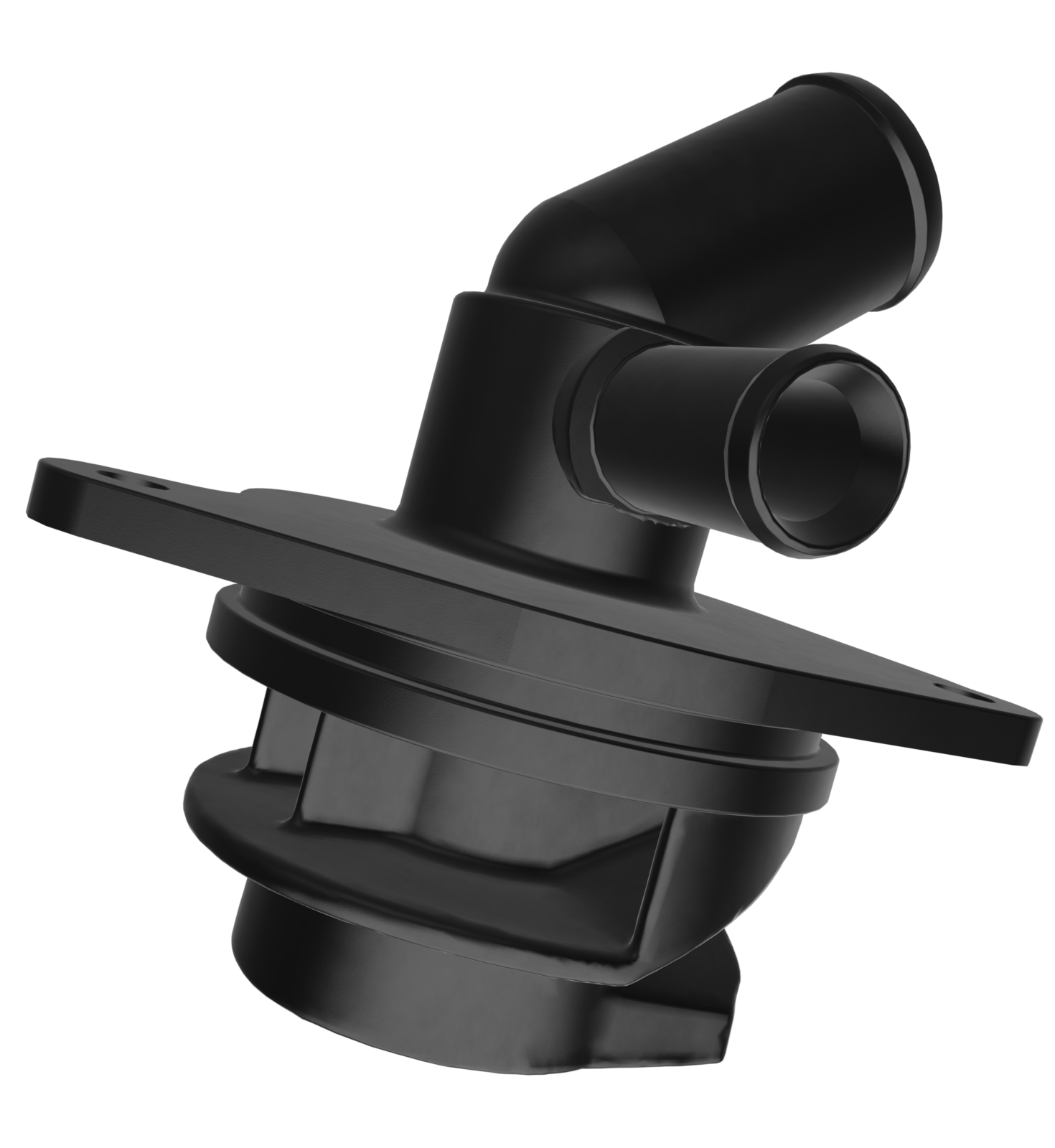
Water Flange
6 of 17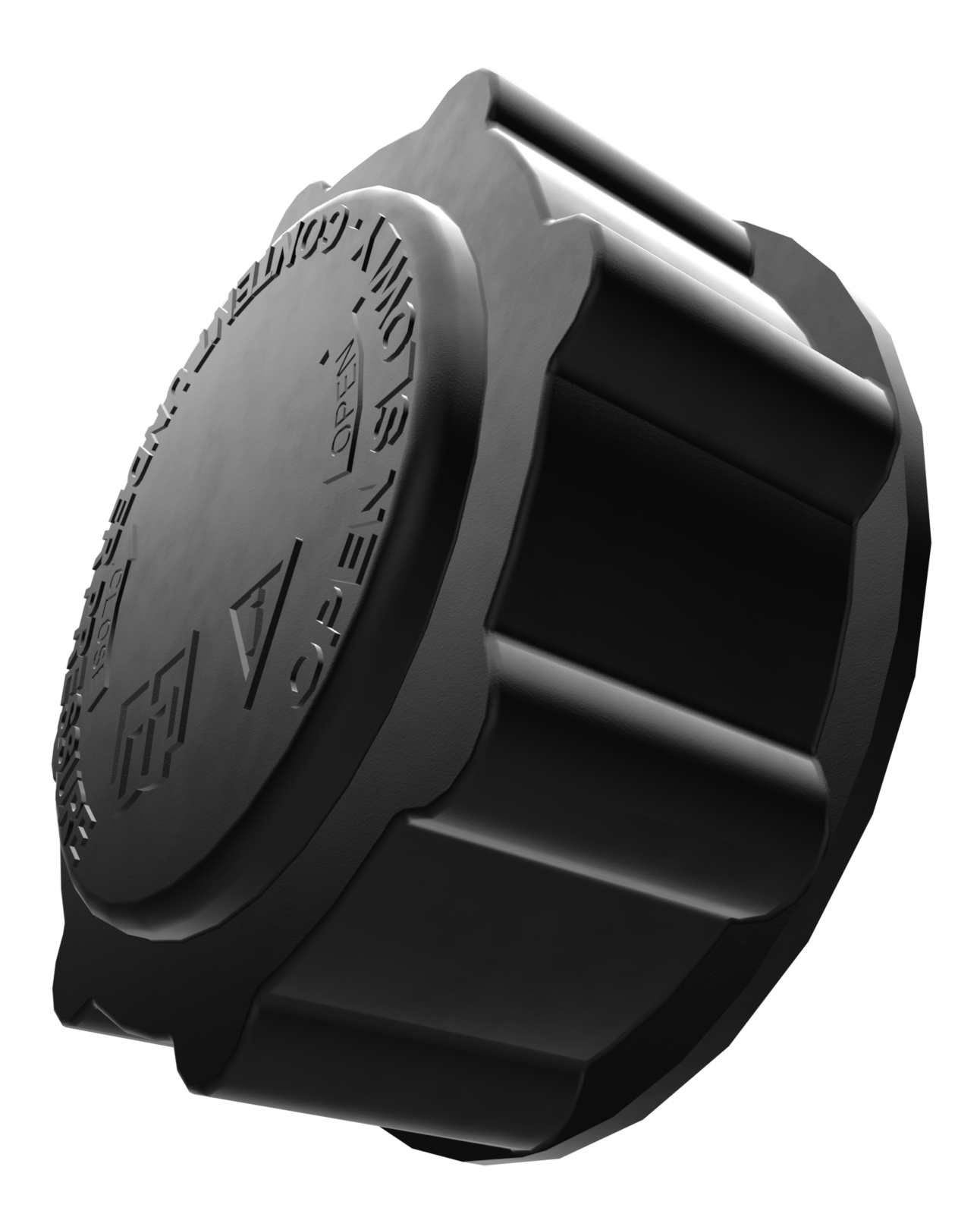
Radiator Cap & Expansion Tank Cap
7 of 17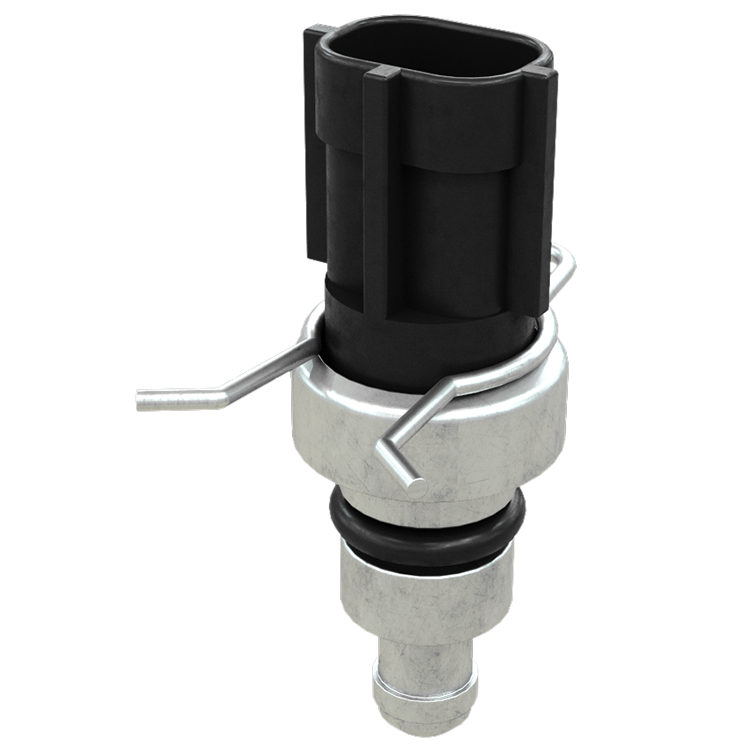
Water Temperature Switch
8 of 17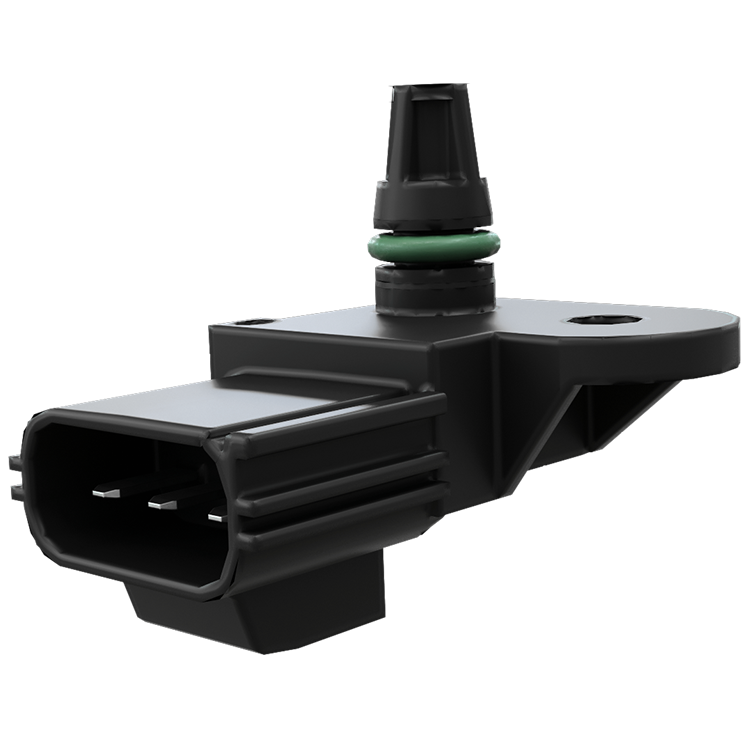
Map Sensor
9 of 17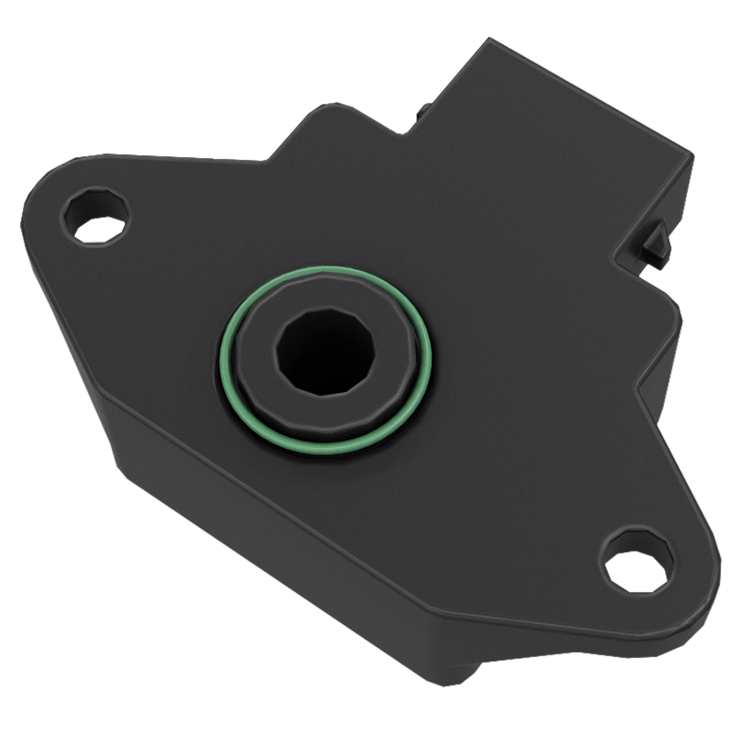
Throttle Position Sensor
10 of 17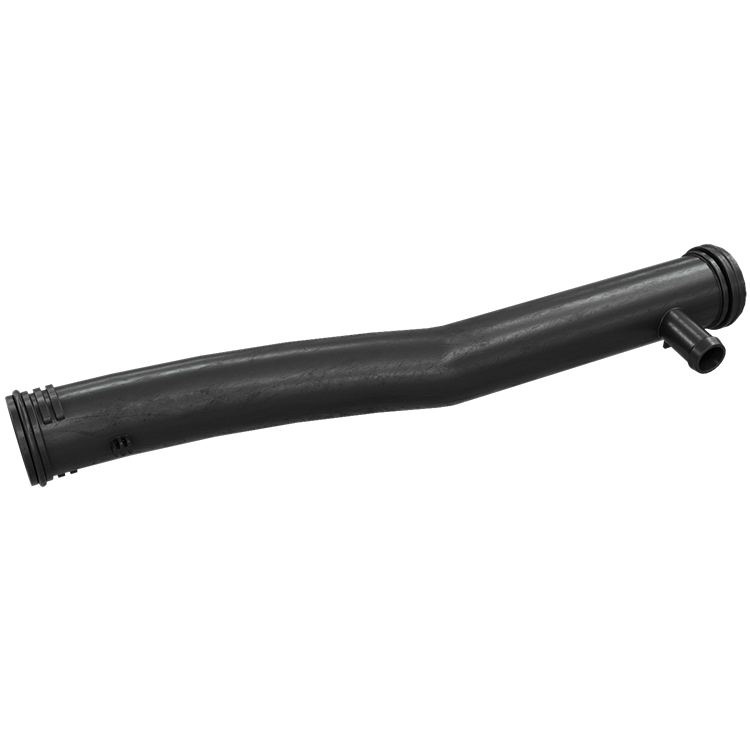
Cooling Pipe
11 of 17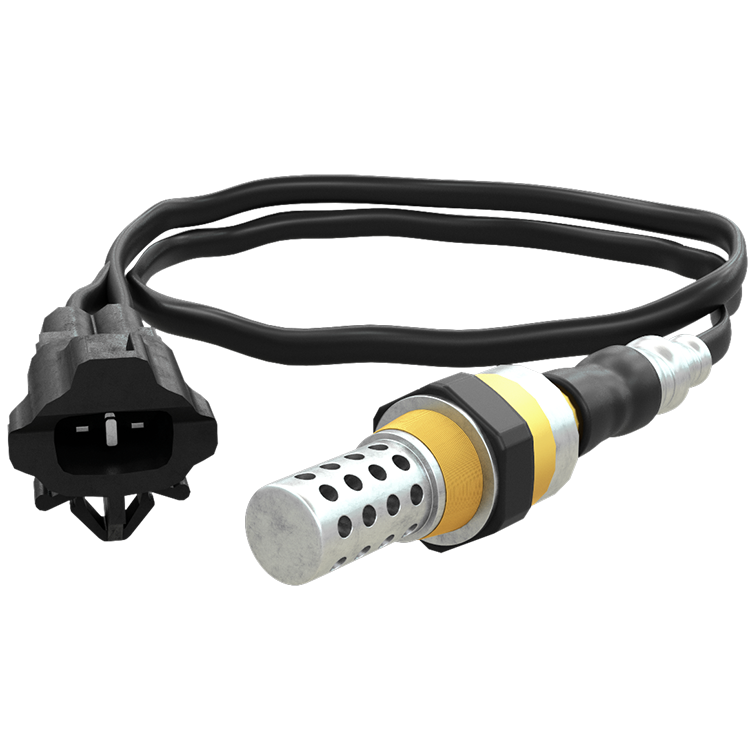
Lambda Sensor
12 of 17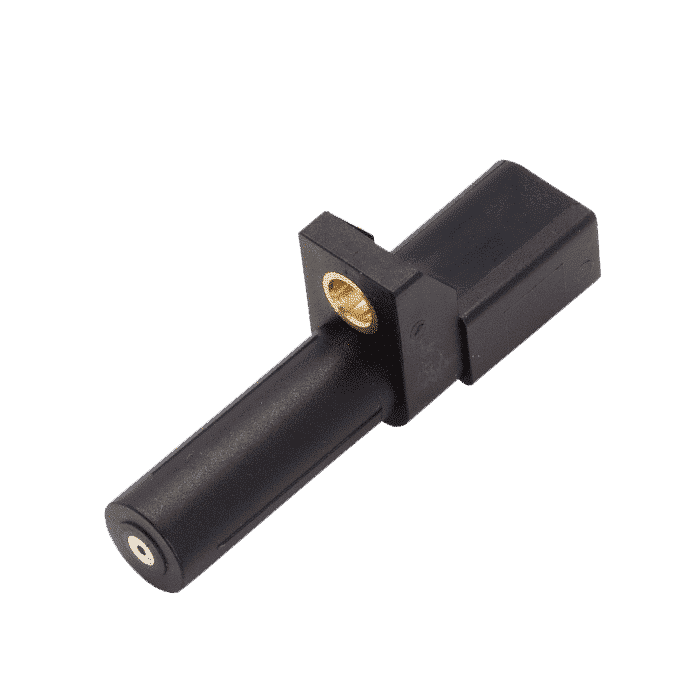
Camshaft & Crankshaft Sensor
13 of 17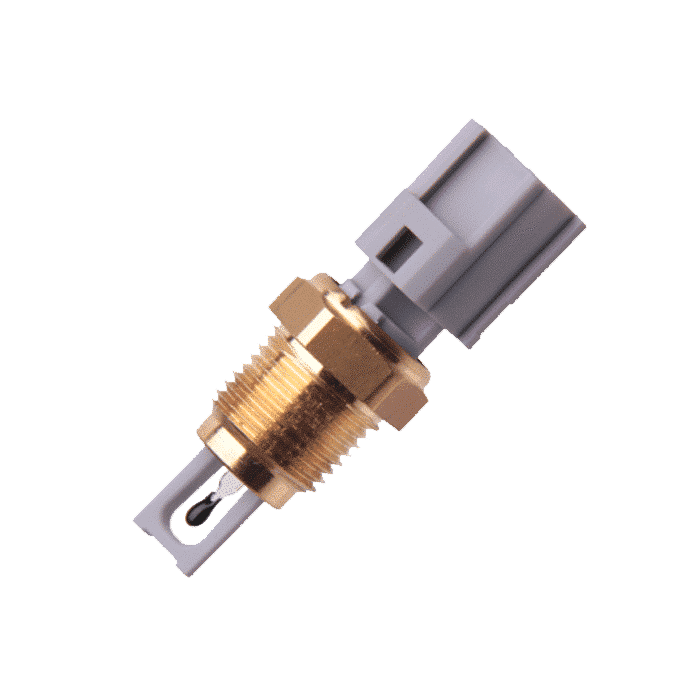
Air Temperature Sensor
14 of 17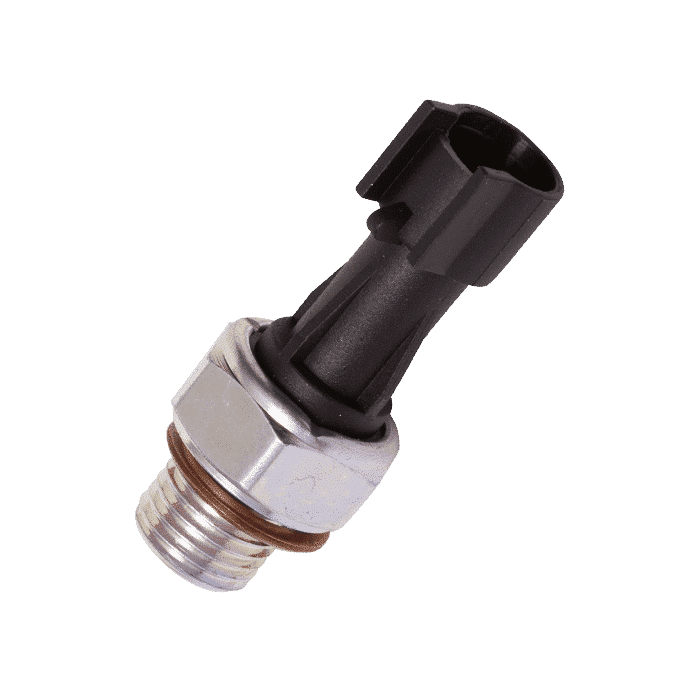
Oil Switch
15 of 17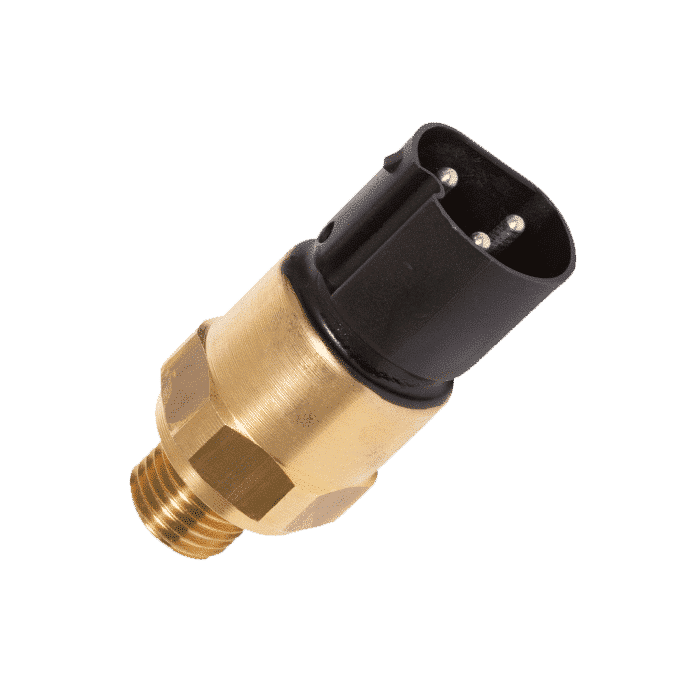
Thermoswitch
16 of 17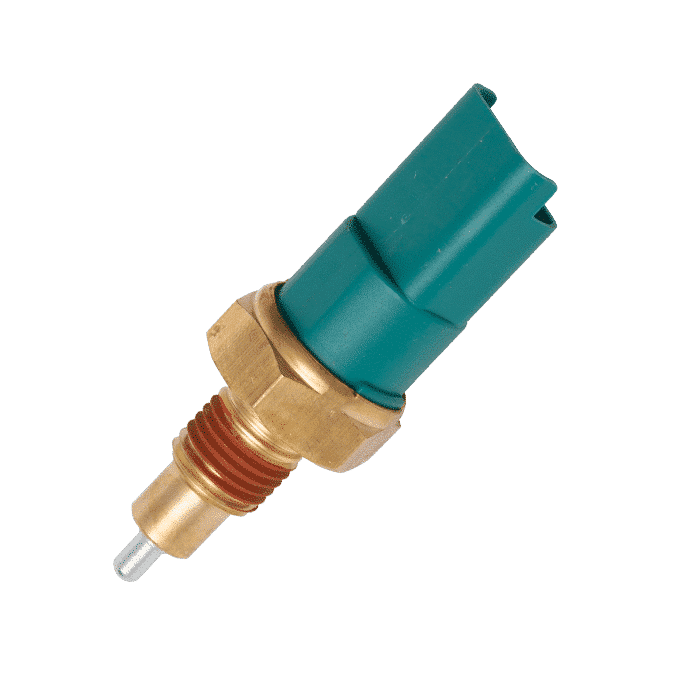
Reversing Light Switch
17 of 17